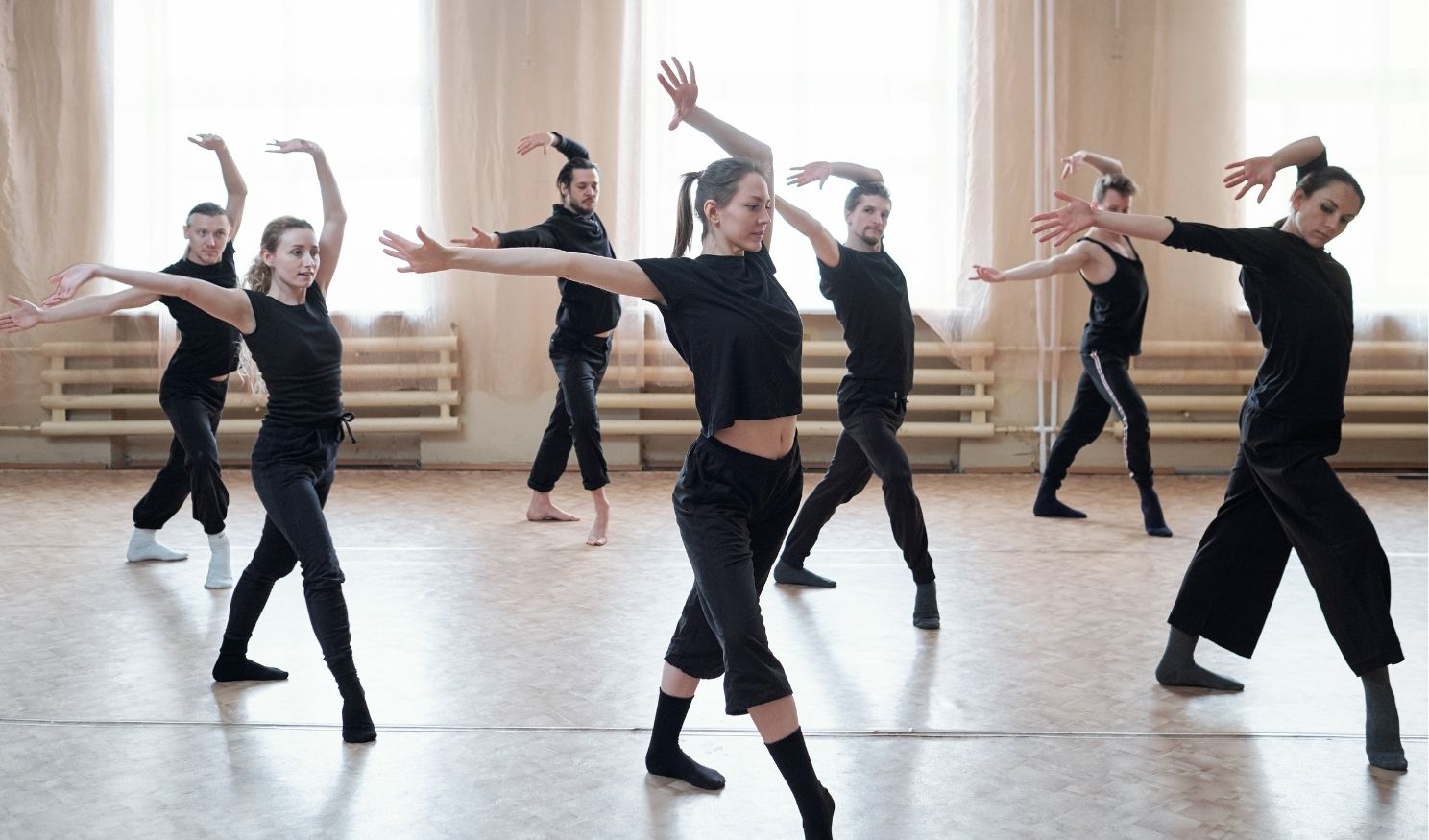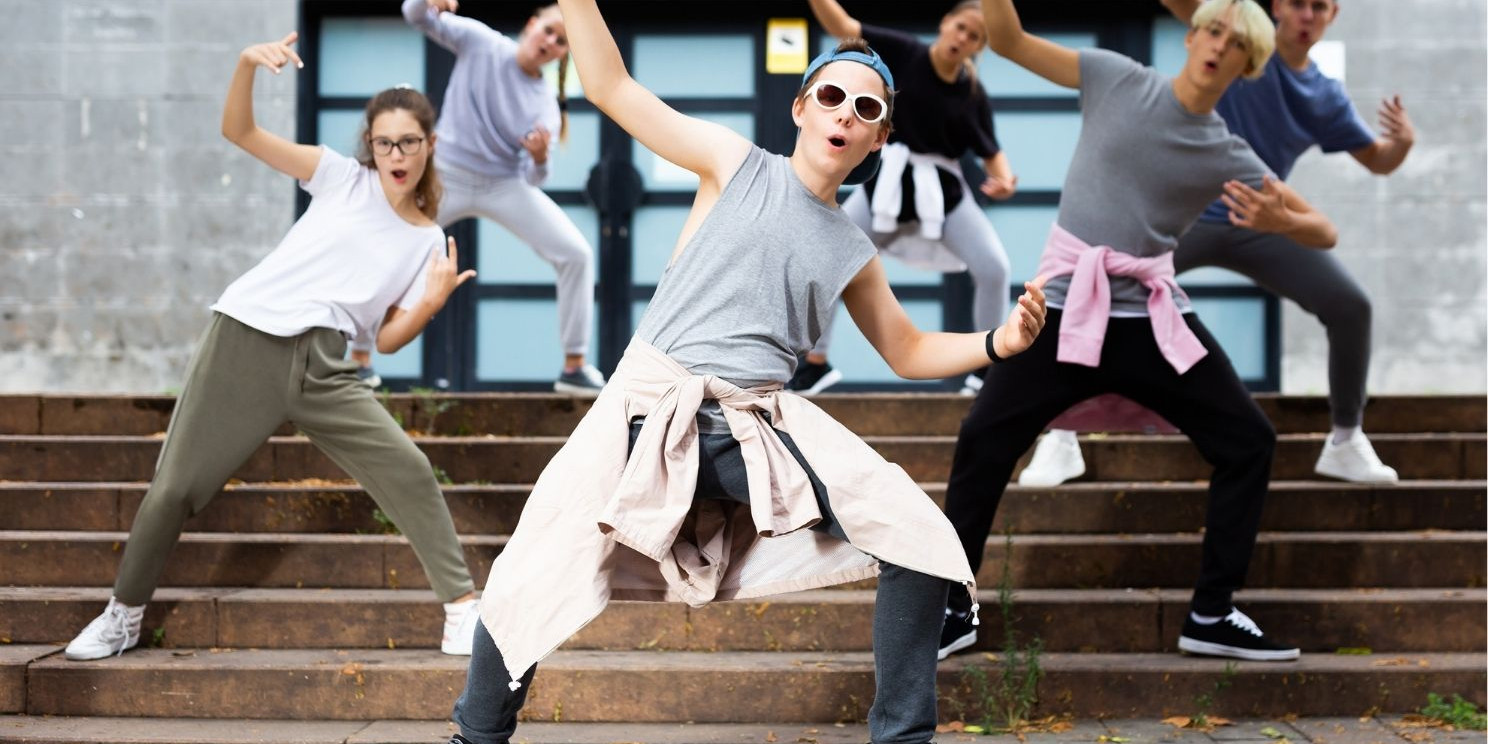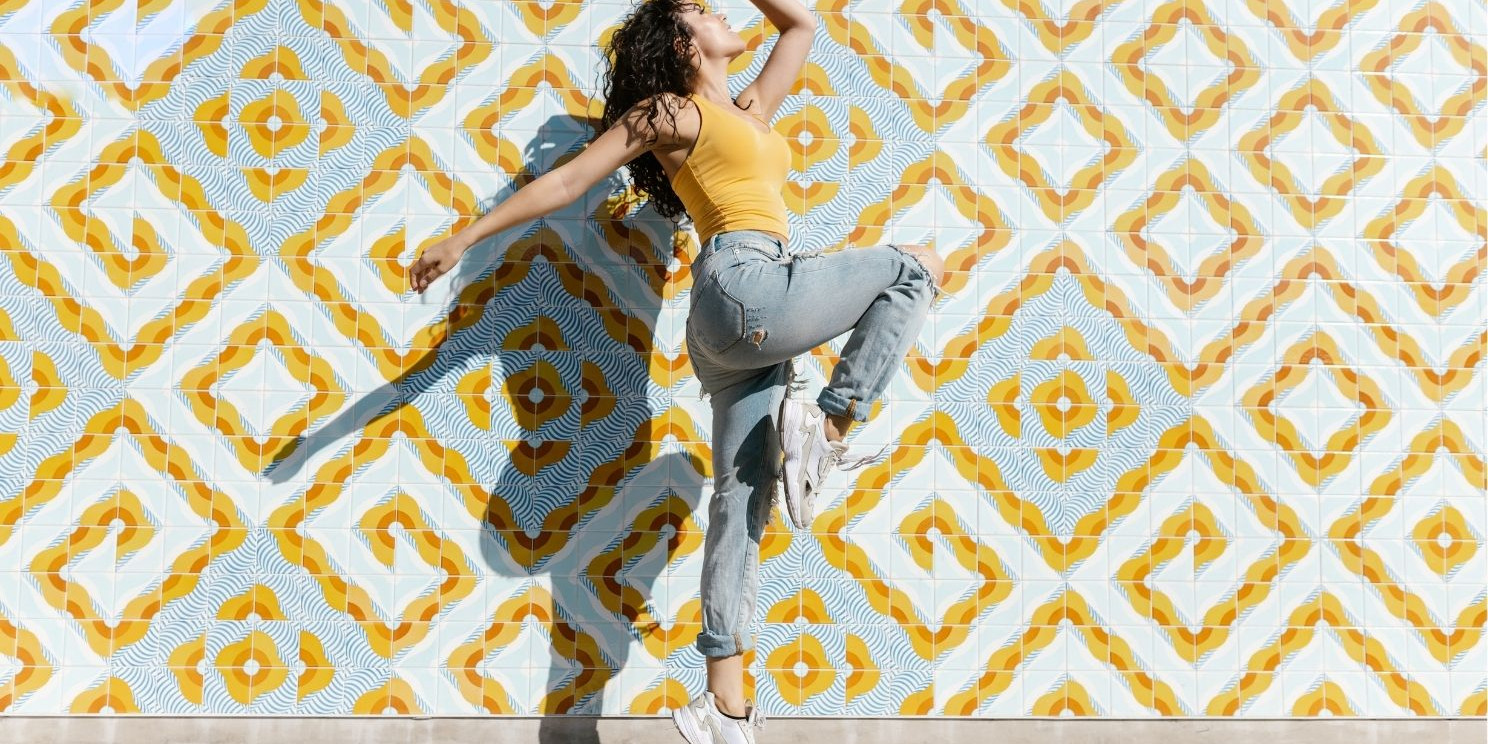Modern dance is more than a genre—it’s a cultural movement rooted in rebellion, personal expression, and artistic freedom. In an age dominated by commercial performance and social media trends, many forget that modern dance was born not to entertain, but to liberate.
This guide breaks down what modern dance really is, where it came from, the styles it influenced, and why it remains as vital today as it was over a century ago.
What Is Modern Dance?
Modern dance is a genre of performance dance that emerged in the early 20th century as a radical break from classical ballet. Rejecting the rigid structures and formalities of ballet, modern dance emphasised natural movement, emotional expression, and individual freedom.
“Modern dance is the body thinking, not just moving.”
Unlike ballet, which prioritised verticality, precision, and the illusion of weightlessness, modern dance embraced grounded movement, breath, gravity, and the exploration of space.
The Origins of Modern Dance
Modern dance emerged simultaneously in the United States and Europe in the late 1800s and early 1900s, led by pioneers who wanted to challenge the status quo of concert dance.
Key Founders:
- Isadora Duncan: Often called the mother of modern dance, she championed freedom of movement and rejected corseted costumes and ballet shoes.
- Martha Graham: Created a codified technique based on contraction and release, placing emotion at the centre of movement.
- Ruth St. Denis & Ted Shawn: Integrated spiritual and cultural elements into modern dance, establishing it as a serious art form.
- Lester Horton: Known for a technique that emphasizes lateral movement and long lines, widely used in training contemporary dancers today.
“Modern dance was born out of a desire for personal and political liberation—it’s deeply intertwined with identity and resistance.”

Core Styles and Techniques in Modern Dance
Though the genre defies rigid classification, several techniques have shaped its evolution:
Graham Technique
Focused on the emotional inner self, using breath, contraction, and release. Highly expressive and intense.
Horton Technique
Known for fortifying the body with strength and flexibility. Often seen in contemporary and commercial dance training.
Limon Technique
Developed by José Limón, this style emphasizes fall and recovery, breath, and organic movement flow.
Release Technique
Embraces the body’s natural patterns and movement efficiency. Popular in postmodern and somatic dance practices.
“Each technique reflects a philosophy. Modern dance isn’t just steps—it’s how you live inside your body.”
Why Modern Dance Still Matters in 2025
In a world dominated by commercial dance, TikTok trends, and hyper-choreographed entertainment, you might ask: why does modern dance still matter?
Here’s why:
1. It Encourages Individual Voice
Modern dance fosters authenticity over conformity. Dancers are encouraged to find their own movement vocabulary, rather than mimic.
2. It Connects Dance with Social Justice
From civil rights to gender politics, modern dance has always been a medium for protest, resistance, and liberation.
3. It Shapes Contemporary Dance
Contemporary dance owes much of its foundation to modern dance. Even today, leading choreographers draw from modern techniques.
4. It Prioritises the Mind-Body Connection
Modern dance trains not just the body, but the emotional and intellectual faculties. It’s holistic, not performative.
5. It Creates Space for All Bodies
Modern dance challenges conventional beauty standards and embraces diverse bodies, identities, and abilities.
“Modern dance isn’t outdated—it’s timeless. In every improvisation, we return to the question: What does it mean to be free?”
Final Thoughts: Modern Dance as Cultural Liberation
Modern dance began as a rebellion—and that spirit lives on. Whether you’re a dancer, choreographer, student, or supporter, understanding its roots helps you appreciate its radical potential today.
At Dance Liberation Network, we champion movement as a tool for empowerment, identity, and cultural change. We believe modern dance continues to serve as a vital counterpoint to commercial aesthetics, offering space for introspection, protest, and liberation.




